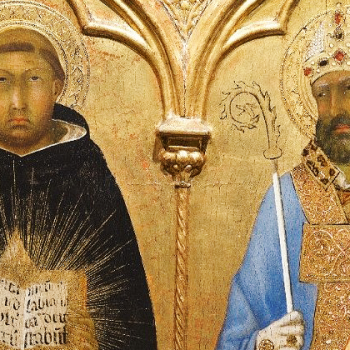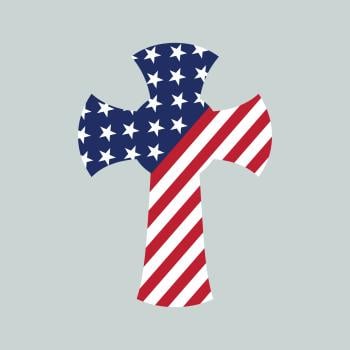The most important fire festivals of Old Europe were held in conjunction with the turning points of the solar year: Midsummer, Winter Solstice, the Spring and Autumn Equinoxes. May Day is an intercalendrical date that is known for its fire festival, which was used for the purpose of the film. The festivals use fire to fulfill the symbolic functions that mirror the effects of the sun; in particular, they focus on fertilization and growth. Leaping the bonfire (and, in the process, exposing one's reproductive organs to its flame) is widely held to promote fertility, as can also be seen in the movie.
The pagan details are what made the movie an underground favorite. Stories that the movie had been forbidden or deliberately lost still circulate in certain circles. Despite its low-budget approach, it had the backing of Christopher Lee from the outset. The film was also Lee's attempt to break out of the Hammer Dracula cycle that had become his on-screen identity. Ingrid Pitt, a veteran of British horror, was signed on for the role of keeper of the island's records office, while the role of Sgt. Neil Howie went to Edward Woodward, at the time a popular character on television's Callan. Diane Cilento (ex-Mrs. Sean Connery, later Mrs. Anthony Shaffer, the film's director) was persuaded to come out of semi-retirement for the important part of the island's schoolteacher, Miss Rose, the woman who is identified as the source of all corruption on the island. Britt Ekland was chosen as the innkeeper's daughter, Willow, to secure American interest. The fact that she could not produce a reasonable Scottish accent forced all of Ekland's dialogue to be dubbed in post-production.
Filming lasted for eight weeks, occurring in late autumn 1972. Autumn was turned into summer by using fake plastic apple trees and decorating the bare trees with fake blossom. Most of the shooting occurred around the film's base of Newton Stewart, Scotland -- none of the filming actually occurred on an island. One location used was Castle Kennedy, the grounds used for the scenes involving the stone circle and the May Day procession.
The Old Man of Storr
Dumfries and Galloway is known for its old megalithic remains -- many to the south of Newton Stewart. The cave and beach scenes were filmed near St. Ninian's Cave, a site linked with the first Christian hermit who came to the area to preach Christianity in the mid 5th century. However, all locations linked with St. Ninian are ancient pagan sites, which the saint claimed for Christianity. The cave contains seven crosses scratched on the stone, possibly dating from the 6th or 7th century. The cave itself is not very deep and the interior cave scenes in the movie were filmed elsewhere, in a cave near Stranraer.
The movie's interest in ancient lore is so detailed that during the opening scenes, there is even imagery of the Old Man of Storr, on the Isle of Skye -- a magical location, whose name betrays its ancient religious importance. The finale of the movie occurs on Burrow Head itself, nestled between St. Ninian's chapel and St. Ninian's cave, the southernmost point of "the Isle of Whithorn." Down a small track on the edge of the Hoseasons Caravan site are the remains of the legs of the Wicker Man, set in a concrete base.
The distributor initially refused to release the film, even in Britain, maintaining that it had no market value whatsoever. As Howie himself stated in the movie: Britain was in name still a Christian country... the quaint exploits of the people of a strange Scottish island were not believed to appeal to the British cinemagoer.
However, the movie was made, and money had to be recuperated. The film was entered in the non-competition section of the Cannes Film Festival that year, complete with a huge wicker man prop erected outside the main hotel. The movie was then offered to an American distributor, who requested shortening the movie. Despite these modifications, the film wasn't secured for an American release. A sum of $200,000 was offered by another distributor, but they went bankrupt four days after the contract was signed. The rights then passed to Warner Brothers, who tested the film in certain areas of the U.S., but eventually decided not to release it nationally. In the U.K., the film was released in December 1973, with Christopher Lee apparently telephoning all the film critics that he knew, begging them to attend the film and even offering to pay for their seats. It almost seemed as if the movie itself needed a sacrifice so that its fortune would change.
Over the following years, the film's reputation grew, particularly in America. It was eventually released in America in January 1979, where it became a huge success. It appeared on television numerous times, despite some public opinion that broadcasters were against the film's airings. In November 1998, the BBC even made a documentary on the appeal of the movie, which has resulted in the publication of fanzines. For some, the appeal of The Wicker Man is as magical. But what else should one expect from a movie that is about magic?




